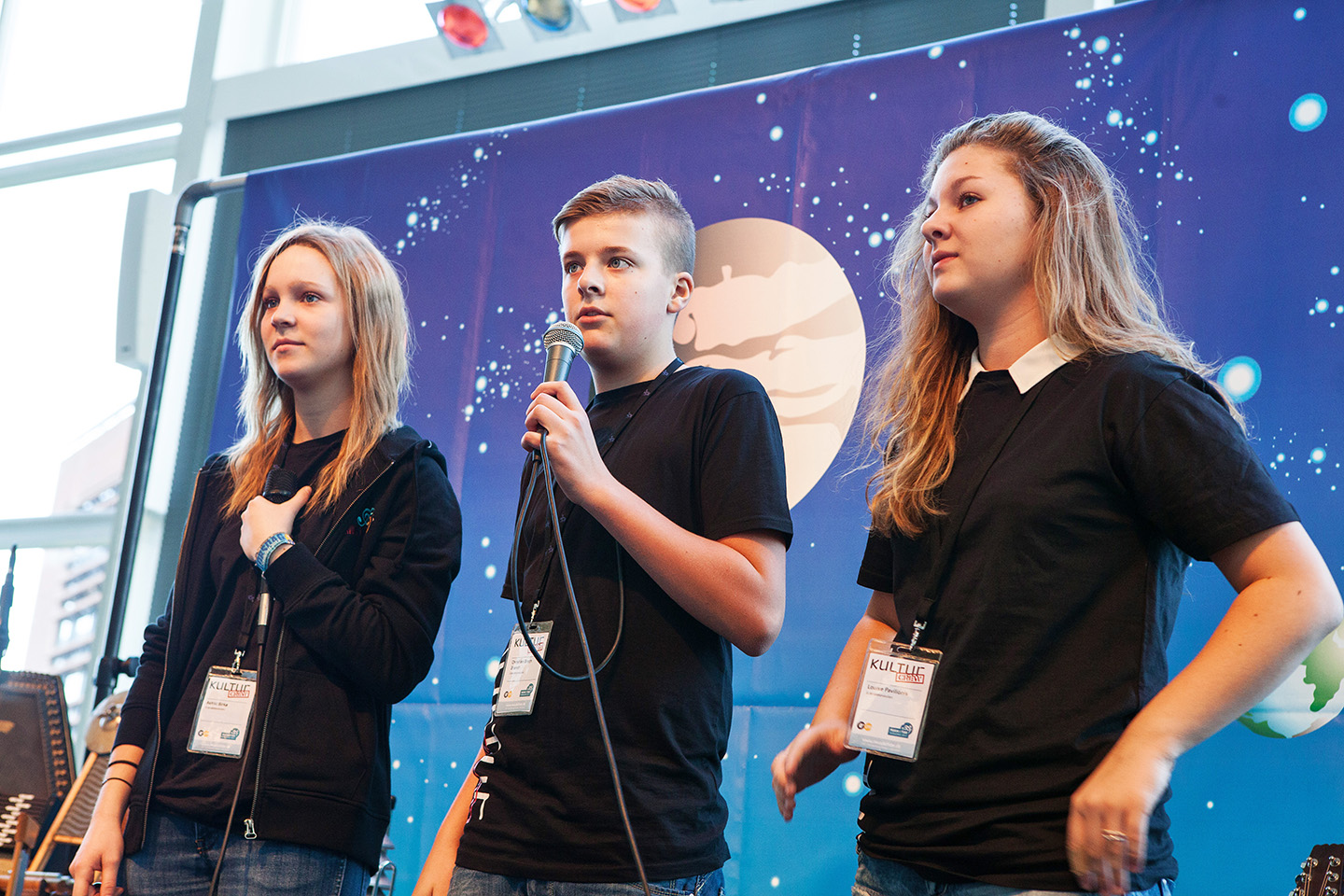The following workshop was developed in Denmark. Slingsby has been given approval to translate and provide these materials to English speaking audiences. We are indebted to Louise Ejgood Hansen, Randers EgnsTeater and Teatercentrum for sharing this workshop. Photo credit to Christian Brandt.
This workshop aims to provide you, the teachers, with the tools to run Experiencing Drama and Theatre at your own school. We have tested and adjusted the concept and have arrived at something which we believe is extremely valuable. We have endeavoured to accurately and correctly describe all steps and have also briefly explained the basic ideas behind Experiencing Drama and Theatre. We realise that different kitchens produce different results albeit working from the same recipe. Children, theatre plays, the physical environment and the teachers are different. Nevertheless, we feel that the fundamental idea that a dramatic experience can be appreciated and expressed with the help of Experiencing Drama and Theatre can be brought into any classroom.



Leave a Comment